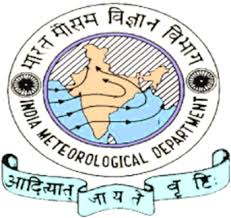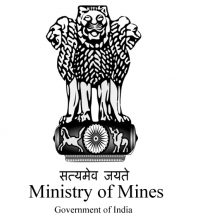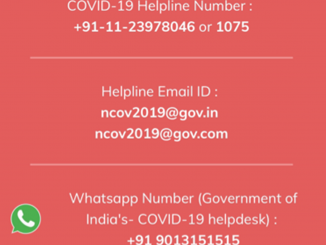
On September 17, 2022, Prime Minister Shri Narendra Modi launched the National Logistics Policy (NLP) to complement the PM GatiShakti National Master Plan (NMP). While the NMP focuses on fixed infrastructure and network planning, the NLP addresses soft infrastructure and logistics sector development. This encompasses process reforms, improved services, digitization, human resource development, and skilling.
Vision: The NLP aims to bolster economic growth and business competitiveness through an integrated, efficient, green, and cost-effective logistics network. This will be achieved by leveraging cutting-edge technology, processes, and skilled manpower to reduce logistics costs and enhance performance.
Targets: The NLP’s goals include reducing logistics costs in India, striving to rank among the top 25 countries in the Logistics Performance Index by 2030, and establishing a data-driven decision support mechanism for an efficient logistics ecosystem.
Comprehensive Logistics Action Plan (CLAP): To attain these targets, the NLP includes the Comprehensive Logistics Action Plan (CLAP) covering eight key areas. These encompass Integrated Digital Logistics Systems, Standardization of Physical Assets, Logistics Human Resource Development, State Engagement, EXIM Logistics, Services Improvement Framework, Sectoral Plans for Efficient Logistics (SPEL), and Facilitation of Development of Logistics Parks.
Outreach Events/Meetings: Since the NLP’s launch, DPIIT has made significant progress in its implementation. This involves regional conferences, one-on-one interactions, and inter-Ministerial meetings to facilitate its execution. For instance, an inter-Ministerial meeting was held on July 28, 2023, to review the policy’s progress.
EXIM Logistics: Efforts have been made to promote trade facilitation and streamline EXIM logistics. Infrastructure gaps are being addressed, and digital initiatives have been undertaken. Additionally, a Logistics Data Bank (LDB) has been introduced to track and trace EXIM cargo for greater predictability, transparency, and reliability.
Human Resource Development: Qualification packs for different job roles in the logistics sector are being notified to promote professionals in the field. Webinars and training modules are being developed for training and capacity building in Logistics and Infrastructure Development.
Sectoral Plan for Efficient Logistics (SPEL): Sectoral Plans for Efficient Logistics (SPEL) are being developed by user Ministries to address sector-specific needs and streamline movement of cargo. This includes plans for ports, coal, steel, and more.
State Engagement: States/UTs are developing State Logistics Plans (SLPs) aligned with the NLP. So far, 22 States have notified their respective State Logistics policies. An indigenous logistics performance index called ‘Logistics Ease Across Different States (LEADS)’ has also been developed to monitor logistics performance across states.
Logistics Cost Framework: Efforts are underway to estimate logistics costs, as official estimates vary widely. A Task Force has been constituted and baseline estimates for logistics costs have been achieved using available data.
Please let me know if you would like more information on any specific aspect.







Leave a Reply
You must be logged in to post a comment.